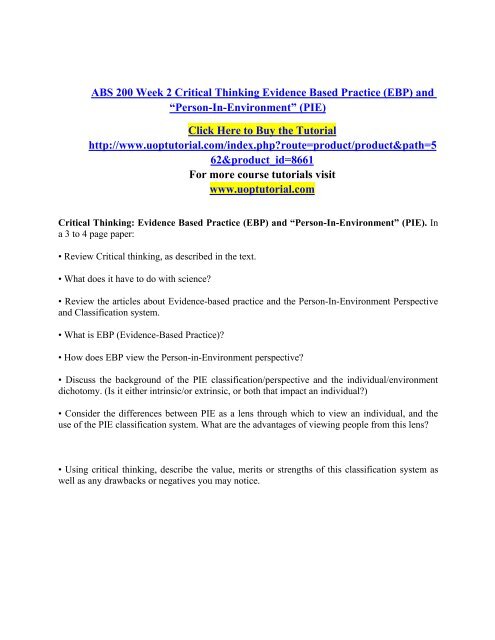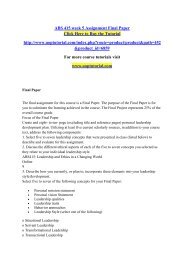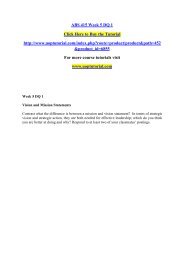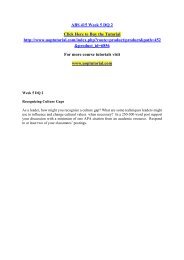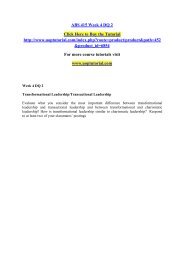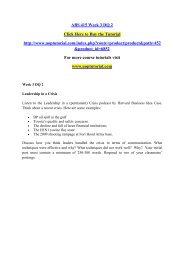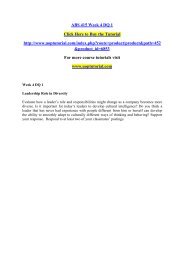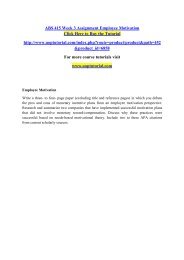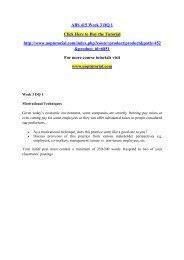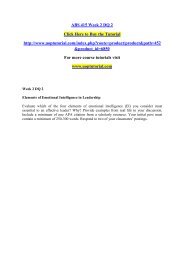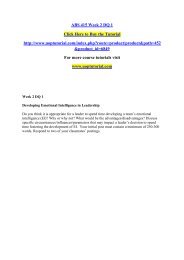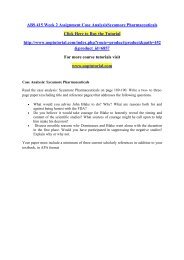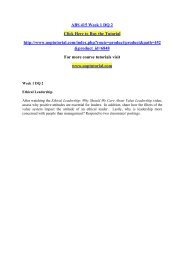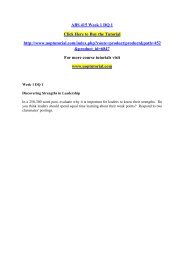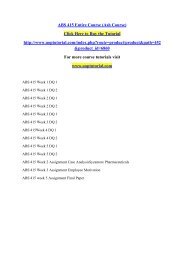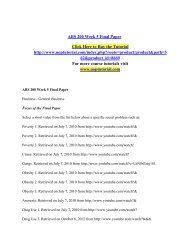ABS 200 Week 2 Critical Thinking Evidence Based Practice 2/Uoptutorial
Critical Thinking: Evidence Based Practice (EBP) and “Person-In-Environment” (PIE). In a 3 to 4 page paper: • Review Critical thinking, as described in the text. • What does it have to do with science? • Review the articles about Evidence-based practice and the Person-In-Environment Perspective and Classification system. • What is EBP (Evidence-Based Practice)? • How does EBP view the Person-in-Environment perspective? • Discuss the background of the PIE classification/perspective and the individual/environment dichotomy. (Is it either intrinsic/or extrinsic, or both that impact an individual?) • Consider the differences between PIE as a lens through which to view an individual, and the use of the PIE classification system. What are the advantages of viewing people from this lens? • Using critical thinking, describe the value, merits or strengths of this classification system as well as any drawbacks or negatives you may notice.
Critical Thinking: Evidence Based Practice (EBP) and “Person-In-Environment” (PIE). In a 3 to 4 page paper:
• Review Critical thinking, as described in the text.
• What does it have to do with science?
• Review the articles about Evidence-based practice and the Person-In-Environment Perspective and Classification system.
• What is EBP (Evidence-Based Practice)?
• How does EBP view the Person-in-Environment perspective?
• Discuss the background of the PIE classification/perspective and the individual/environment dichotomy. (Is it either intrinsic/or extrinsic, or both that impact an individual?)
• Consider the differences between PIE as a lens through which to view an individual, and the use of the PIE classification system. What are the advantages of viewing people from this lens?
• Using critical thinking, describe the value, merits or strengths of this classification system as well as any drawbacks or negatives you may notice.
- No tags were found...
You also want an ePaper? Increase the reach of your titles
YUMPU automatically turns print PDFs into web optimized ePapers that Google loves.
<strong>ABS</strong> <strong>200</strong> <strong>Week</strong> 2 <strong>Critical</strong> <strong>Thinking</strong> <strong>Evidence</strong> <strong>Based</strong> <strong>Practice</strong> (EBP) and<br />
“Person-In-Environment” (PIE)<br />
Click Here to Buy the Tutorial<br />
http://www.uoptutorial.com/index.php?route=product/product&path=5<br />
62&product_id=8661<br />
For more course tutorials visit<br />
www.uoptutorial.com<br />
<strong>Critical</strong> <strong>Thinking</strong>: <strong>Evidence</strong> <strong>Based</strong> <strong>Practice</strong> (EBP) and “Person-In-Environment” (PIE). In<br />
a 3 to 4 page paper:<br />
• Review <strong>Critical</strong> thinking, as described in the text.<br />
• What does it have to do with science?<br />
• Review the articles about <strong>Evidence</strong>-based practice and the Person-In-Environment Perspective<br />
and Classification system.<br />
• What is EBP (<strong>Evidence</strong>-<strong>Based</strong> <strong>Practice</strong>)?<br />
• How does EBP view the Person-in-Environment perspective?<br />
• Discuss the background of the PIE classification/perspective and the individual/environment<br />
dichotomy. (Is it either intrinsic/or extrinsic, or both that impact an individual?)<br />
• Consider the differences between PIE as a lens through which to view an individual, and the<br />
use of the PIE classification system. What are the advantages of viewing people from this lens?<br />
• Using critical thinking, describe the value, merits or strengths of this classification system as<br />
well as any drawbacks or negatives you may notice.


